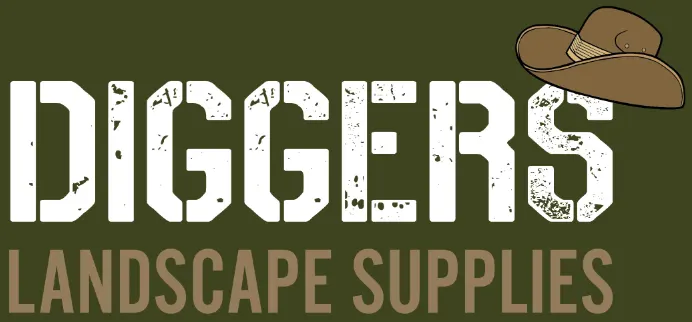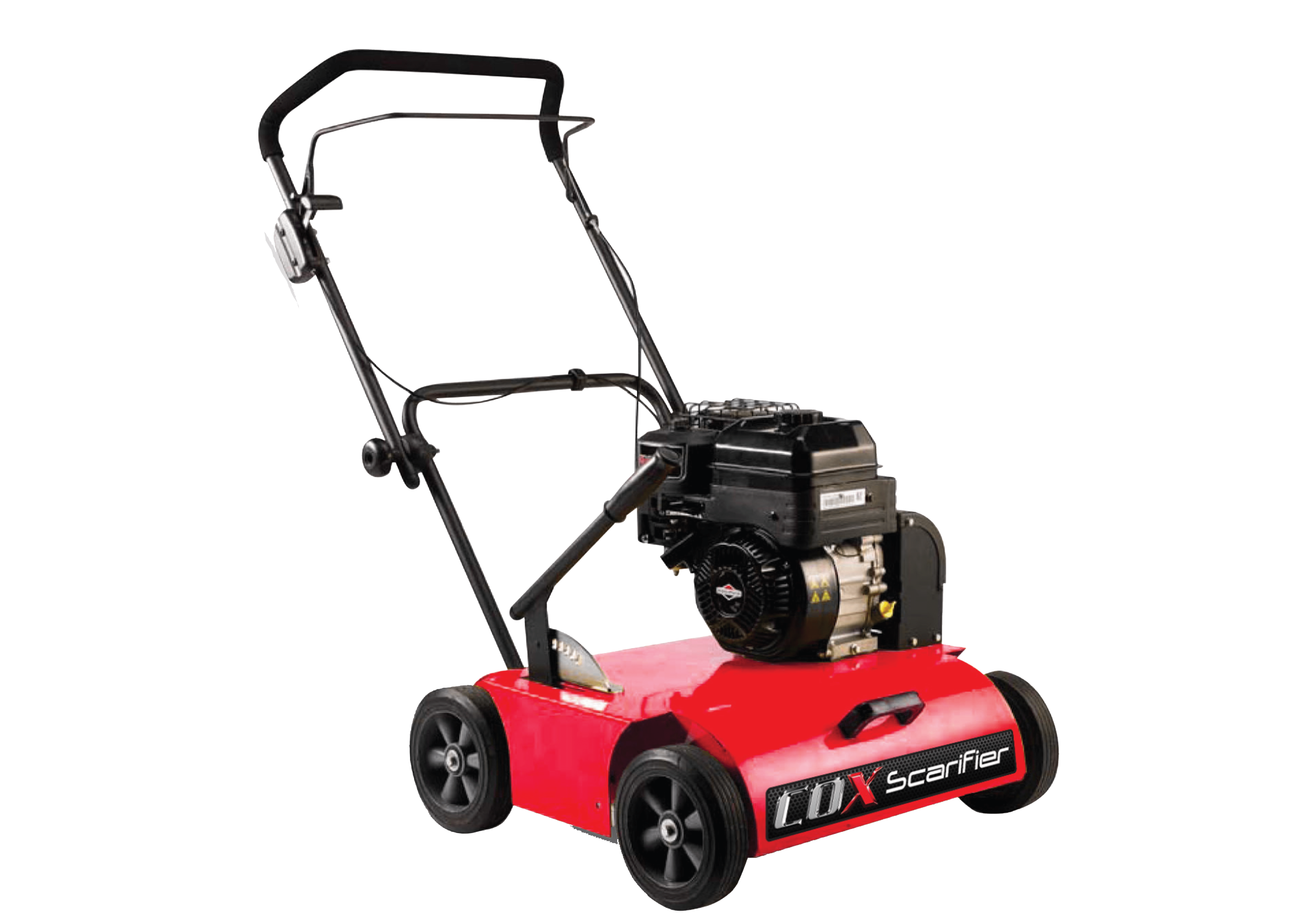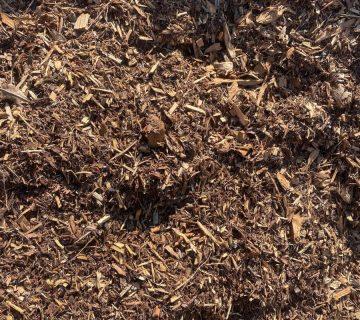If your yard is on a slope, you’ve probably noticed how hard it is to use the space properly. Soil slides downhill, water collects in the wrong spots, and it can feel like there’s no good place to sit, plant, or build.
Retaining walls solve these problems—and offer more than just practical fixes. They can also improve the look of your garden, add value to your home, and unlock parts of your yard that would otherwise go to waste.
Here’s a closer look at why retaining walls are a smart choice for sloped or uneven gardens.
1. Stops Soil Erosion in Its Tracks
Erosion happens when water runs downhill and takes the top layer of soil with it. In sloped gardens, this is a common issue, especially after heavy rain or during dry, windy periods. Over time, you’ll notice exposed roots, patchy lawns, and compacted soil that’s hard to grow in.
A retaining wall keeps the soil where it belongs. It acts like a dam, blocking the movement of earth and water. This protects your garden beds and keeps your landscape looking tidy.
You can also build in drainage features like weep holes or ag pipes to control water flow without eroding the ground.
2. Creates Usable, Flat Spaces
Steep yards make it tough to relax outdoors. You can’t place a table and chairs on an incline, and mowing becomes a hassle. This is where terracing with retaining walls comes in.
Terracing involves cutting the slope into stepped levels, supported by retaining walls. These flat areas can be used for:
- Lawns
- Outdoor seating or fire pits
- Vegetable or flower gardens
- Children’s play areas
- Garden sheds or water tanks
Even small terraces can make a huge difference in how you use your space.
For example, one client in Mackay turned a steep backyard into three flat levels—one for dining, one for garden beds, and one for a trampoline. All made possible with retaining walls.
3. Improves Drainage and Prevents Flooding
Another big challenge with sloped gardens is water runoff. Without anything to slow it down, rainwater rushes to the bottom and floods low points of your yard—or worse, your patio or home.
Retaining walls can be built with built-in drainage systems. These include gravel backfill, slotted pipes, and weep holes that help move water safely away from your garden beds and structures.
This keeps the topsoil moist, reduces puddles, and helps protect nearby buildings from moisture damage.
4. Boosts Your Gardening Potential
Slopes limit what you can grow. Water and nutrients run off too quickly, and the angle makes it hard to dig or plant.
With a retaining wall, you can create level, well-drained planting beds. You can build them at the height that suits you, perfect for raised veggie patches or layered ornamental gardens.
Each level can get the right amount of sunlight and be tailored to different types of plants. Want a native garden at the top, veggies in the middle, and flowering shrubs below? Easy with a tiered layout.
Retaining walls also make it easier to tend to your plants—no more leaning on a slope to weed or water.
5. Adds Structure and Style to Your Garden
Retaining walls don’t just serve a function—they shape your garden’s design. They create clean lines, define areas, and add a sculptural feel to the landscape.
Depending on the material you use, you can create a rustic, modern, or formal look. Choose from:
- Natural stone for a timeless, earthy feel
- Concrete blocks for a clean, modern edge
- Timber sleepers for a warm, natural look
- Brick for a classic touch that matches the home
Some designs even double as bench seating or planter boxes, giving your yard even more versatility.
6. Increases Property Value
Good landscaping adds value to your home, especially when it solves practical problems. Buyers are more likely to see potential in a yard that’s already been levelled, drained, and styled.
Retaining walls also signal that the property has been well-maintained, particularly if there are issues with soil movement or drainage in the area.
And unlike some outdoor features, retaining walls are long-lasting. Built properly, they can last for decades with minimal upkeep.
7. Low Maintenance and Long-Term Benefits
Once installed, a retaining wall requires very little attention. Quality walls built with proper footing, drainage, and materials will stay strong for years.
Occasionally, you may need to clear out leaves from drainage pipes or check for movement in timber walls. But on the whole, they’re a set-and-forget solution for sloped gardens.
If you want to make the most of your garden without ongoing maintenance, retaining walls are worth considering.
Need materials for your retaining wall project?
Diggers Landscape Supplies stocks high-quality retaining wall blocks in a variety of styles and finishes. Whether you’re after concrete, stone, or timber-look options, we’ve got the landscaping materials you need to get the job done right.
Visit us today or give us a call—we’re happy to help with product advice or delivery options.
Frequently Asked Questions
How can I stop erosion on a sloped block?
Install a retaining wall. It helps hold soil in place and reduces erosion, especially during heavy rainfall.
Why does my backyard flood when it rains?
Water runs downhill on a slope. A retaining wall with proper drainage can slow water flow and stop flooding.
How can I make my sloped backyard look better?
Use retaining walls to terrace the area. This adds levels, makes planting easier, and improves the overall design.
What can I do with a sloped yard?
You can create flat terraces for lawns, garden beds, outdoor seating, and kids’ play areas—supported by retaining walls.


